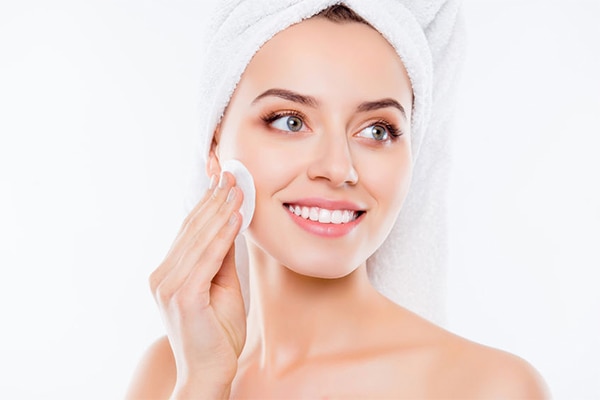Red, rough skin around the mouth, nose, and chin is the hallmark of perioral dermatitis, a common skin disorder. It’s annoying since it usually strikes without notice and is hard to cure. The good news is that perioral dermatitis may be treated, allowing you to maintain healthy skin. In this piece, we’ll examine how dermatologists recommend treating perioral dermatitis.
Determining the Causes of Perioral Dermatitis
In most cases, perioral dermatitis manifests as a rash around the lips, nose, and chin. Little, pus-filled pimples with a red, bumpy rash may also appear on the skin. It’s also possible to feel itchy and awkward.It is unclear what triggers perioral dermatitis, although hormonal disruptions, heredity, and applying specific topical treatments and cosmetics are all possibilities. It strikes between the ages of 20 and 45 and is more prevalent in women than males.
Care for Skin around the Mouth and Nose
There are things you can do to control your perioral dermatitis and maintain healthy skin. Expert dermatologist advice is as follows:
- Using products with harsh components, such as those found in many skin care products, can irritate and make anterior dermatitis worse. Don’t use anything that has added scents, alcohol, or preservatives. Products made specifically for sensitive skin should be mild and odorless.
- Maintaining a clean and dry skin environment helps reduce the frequency and severity of perioral dermatitis flare-ups. Avoid touching your face at all costs, and wash it twice daily with a mild cleanser. Makeup brushes should also be cleaned periodically to prevent the growth of germs.
- Apply Topical Therapies: Perioral dermatitis can be managed with various topical therapies. Depending on the severity of the rash, your dermatologist may recommend a topical antibiotic or anti-inflammatory treatment. While utilizing these items, strictly adhere to your dermatologist’s recommendations.
- Think About Oral Medications: In some circumstances, oral drugs may be needed to control perioral dermatitis. Your dermatologist may recommend an anti-inflammatory or antibiotic to help clear up the rash.
- Reducing your stress levels may help you avoid developing perioral dermatitis. Use yoga, meditation, and deep breathing techniques to help you deal with stress.
- Prevent Triggers: Perioral dermatitis flare-ups can be brought on by exposure to certain things. Sunlight, hot meals, and certain drugs can all fall under this category. Flare-ups can be avoided by avoiding these causes.
- Perioral dermatitis flare-ups can be avoided by taking precautions to protect the skin from the sun’s damaging ultraviolet radiation.
- Moisturize: Perioral dermatitis can be avoided if the skin is kept from becoming dry and irritated. Try finding a moisturizer that is mild and fragrance-free for sensitive skin.
- It’s crucial to be patient and persistent as you work to manage your perioral dermatitis. Don’t give up if you don’t notice the effects immediately; it might be weeks or months before you start feeling better.
- Scarring and infection can result from picking or scratching the rash, so it’s best to avoid doing either. Don’t touch your face; if a pimple or lump does emerge, don’t pick at it.
You may successfully treat perioral dermatitis and return to having smooth, clean skin by following these steps and consulting a dermatologist. Always check with your doctor before attempting a new skincare product or treatment, and remember to be patient and consistent with your treatment plan.
Discover the causes and treatment for Perioral Dermatitis at The Skin Care Clinic
Conclusion
Dealing with perioral dermatitis is no picnic, but with the appropriate approach to treatment, you may maintain clear, healthy skin. Talking to a dermatologist about your perioral dermatitis symptoms and treatment options is necessary. Perioral dermatitis can be controlled, and clear skin can be enjoyed by avoiding irritating products, engaging in regular hygiene, using topical and oral treatments, controlling stress, and avoiding triggers.



